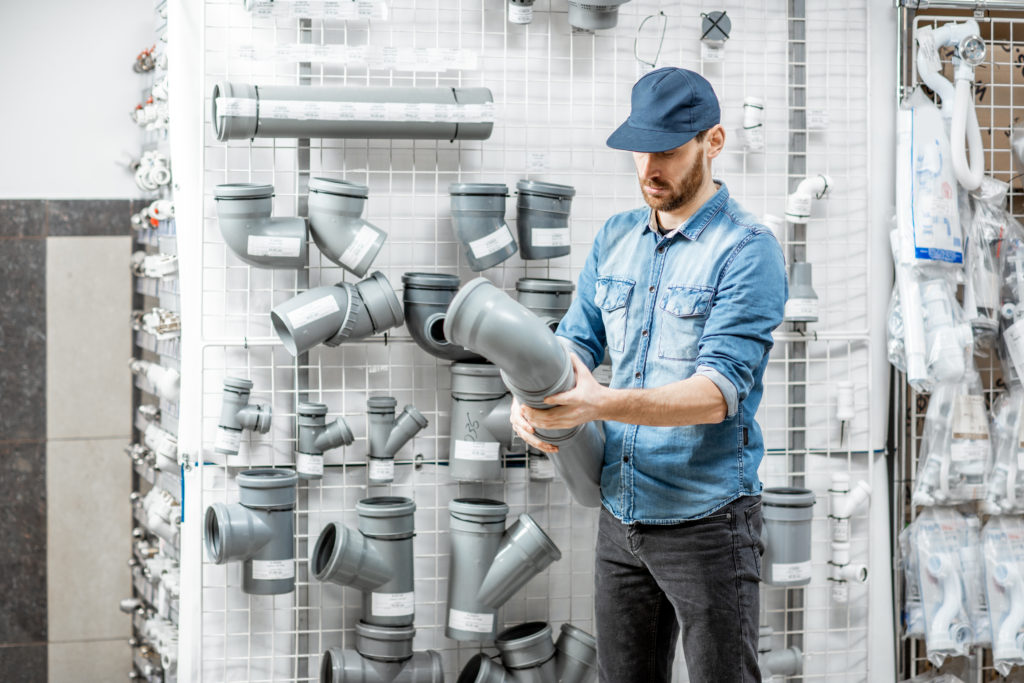Grease traps are needed to be cleaned by a grease trap cleaning service more often than you may think. It is vital whether you have it installed in your kitchen or bathroom. Here are a few facts about grease traps.
How Grease Traps Work
A grease trap is a kind of like plumbing device that prevents oils, fats, and grease from entering the drains. They are mostly installed in food services businesses in the kitchen, and sometimes they can be found in households too. A grease trap is required to separate the greasy stuff from the water that goes down the drain, which can cause clogging down to the foundations. Grease traps are basically a vented flow control that makes the clean water rest at the bottom while all the grease and oil are separated and drained down another pipe.
Unpleasant Smell
When your grease traps aren’t cleaned for a good amount of time, it gives off a very unpleasant smell. The smell can get so bad that it is unbearable to stand in that area. Know that your grease traps will get full if they are not cleaned up every now and then, and they will give out that smell. It is recommended that the grease trap should be cleaned up when there is 25% grease and 75% water present in it. You must be in contact with drain cleaning services that will help you clear out the grease traps.
Legal Considerations
If you are running a food service business, it is mandatory that the State has laws on the hygiene department. Although the laws may vary from state to state, the grease traps are actually a requirement for the business to run. It is also implied that the grease traps must be cleaned and inspected on a regular basis by registered grease trap cleaning services. Failure to do so may result in a fine.
Types of Grease Trap
Grease traps come in different sizes; you need to know what size you want based on the amount of grease in your kitchen. A greasier kitchen may require a bigger grease trap to handle all the grease. Going too much or too small won’t be a good option as a bigger option will do the same thing, but it will be expensive, whereas a smaller grease trap will most likely require much more cleaning than usual. There are two types of grease traps.
Above-ground grease traps: These grease traps are placed either inside or outside the kitchen, depending on the size. However, they are limited in size and hence, their ability to handle waste.
Below-ground grease traps: As the name suggests, these are always placed underground and made of metal, concrete, and fiberglass. They are a more recommended option by many drain cleaning services as it is concealed and are much more capable than above-ground grease traps.
Eco-Friendly
Grease traps are used to trap grease, but not all of that is a waste. Your grease trap cleaning service can use the biodegradable waste into something productive and beneficial for the environment. It also makes the sewerage system clean if regular cleaning is done. Grease traps are much more eco-friendly than your normal drainage system.
Maintainability
Grease traps are easily maintained through the services of good drain cleaning services, and considering how often they need to be cleaned out based on your usage, it can be easily cleaned and used as fuel or can be recycled. Grease traps have many benefits, even from their waste.
Dealing with the Grease Overflow
Grease traps can overflow if they are full, but there are a few ways to deal with them. First of all, stop the flow of the water in the drains so that it doesn’t overflow more. Employing the help of professionals seems like a good bet here. Alternatively, you can use cat litter to absorb the waste for the time being. Make sure that you don’t direct the water into the public sewers.
Make sure to schedule your quarterly deep cleaning from a grease trap cleaning service so that you can have a steady flow of wastage without overflow.
